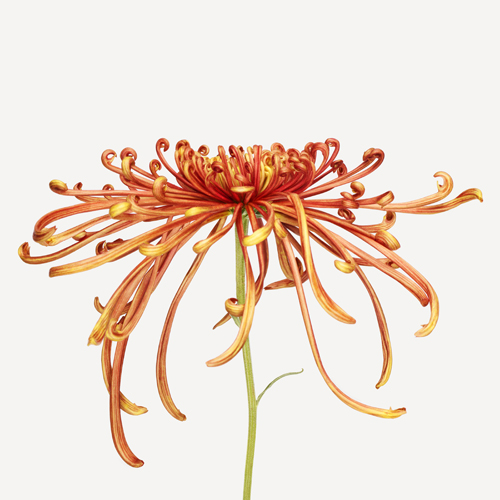Shopping for fish yesterday I asked the sales assistant if the plaice was wild. It was. It got me thinking about all things wild and their consumption. Can we in an urban environment eat wild and in harmony with our surroundings?
To a degree yes. To begin to harmonize with our urban wilderness we must see it in a different way. Slow down and notice the small green leaves of the Chickweed tenaciously sprouting in the smallest crack in the footpath. Now think about this little plant being more than a nuisance weed to be pulled up, stamped out or sprayed. Its a veritable storehouse of medicinal and edible goodness. Its most common medicinal uses are delaing with skin issues like busing, cuts, wounds, spots, first degree burns as well as working internally on the kidneys and lungs. Teas tinctures and creams can all be made from it.
It of course is also quite tasty. Picked fresh and straight into a salad of other foraged leaves is best while it is still vibrating with all that wild and raw goodness. But you can do any number of other things with it,soups, fritters, wild pesto.
This small plant asks nothing of us but it gives and gives so much, and its only one example of the wilderness that surrounds us. A garden that pops up uninvited and untended with a harvest that provides so much. to harmonize with it means not only helping ourselves to it but doing so in a fair and respectful manner. Never take more than you need of any weed.

















































